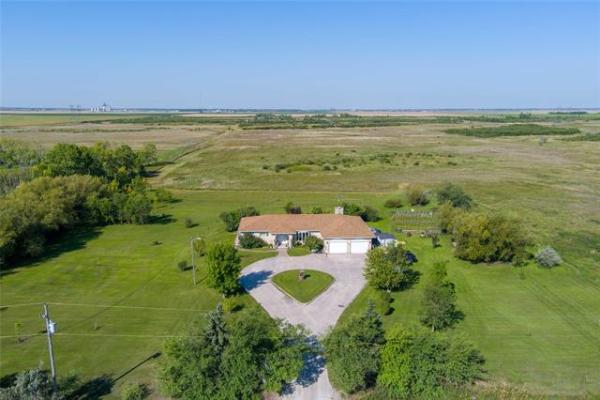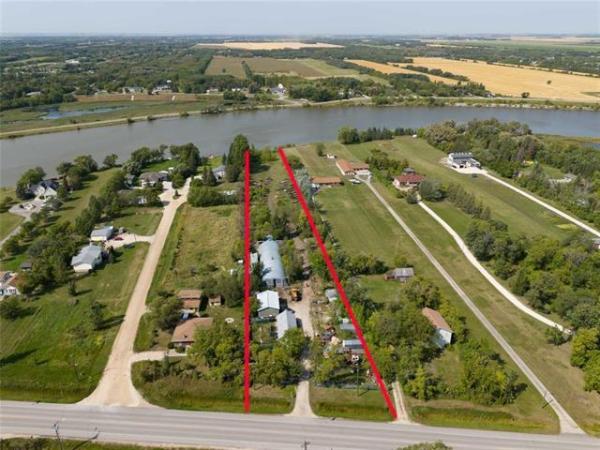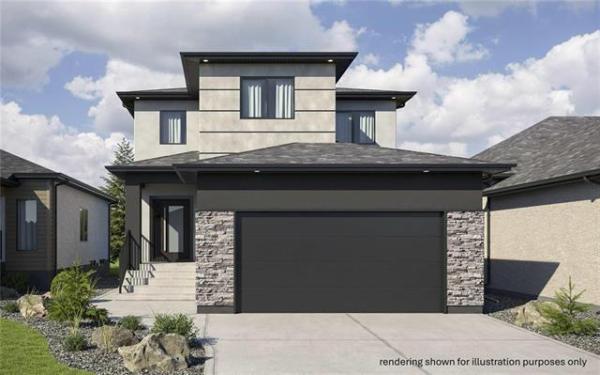Question: We are in the midst of converting our wood burning fireplace to gas. We have hired Alsip’s to do the work. Last week, when they removed the metal chimney and took the cap off the exterior chase, they discovered significant water damage and rot to one corner of the interior framing and sheathing. It was to the point that the stucco scratch coat was visible. Obviously, the fireplace work could not continue without first fixing the problem.
We have had two quotes to get the work done. One entails a complete removal and replacement of the chase. The other is for the work to be done from inside the chase by cutting out and replacing the damaged framing, sheathing, flashing, and water proofing on the roof but leaving the existing stucco in place. The sheathing would be secured to the stucco scratch coat using PL400 adhesive. The company proposing to use this method is a chimney contractor and has been in business for 30 years. They claim to have successfully used this method many times. The cost of a total removal is more than double that of the rebuild. I would be interested in getting your thoughts.
Many thanks,
Brian Telfer
Answer: It is almost always better to completely replace all the components in the building enclosure when repairing moisture damage, but may be acceptable to do a partial repair in cases like yours. As long as better design, materials and workmanship are employed than in the original configuration, a less costly repair may work.
Any time serious, visible rot is found in the exterior walls of a home the first item to address is why it occurred. If it is simply due to the building materials exceeding their normal life expectancy, or lack of maintenance, then solving the problem may be accomplished by removing and replacing the rotten components. In a partially hidden situation like your wood and stucco chimney chase, you should first look closer at why this happened before deciding on the details of remediation.
Since the new fireplace installers found the damage only when they removed the chimney cap, it is probable that water that caused the problem was leaking into the chase from an outside source. Depending on where the damage occurred, near the top or the bottom, may help determine where the point of intrusion was. If the damage is near the top, it is likely that rain and melting snow leaked through the cap, or the seal between the metal chimney and the cap. This may be the easiest to repair and will require construction of a new cap that will prevent a reoccurrence either by better design, materials, or sealing. If the new gas fireplace directly vents out the back of the chase, as is quite common, replacing the cap with a solid version may be the answer.
If the damage to the stucco-covered box is slightly below the roof, the offending water may be leaking in due to poor or damaged flashings, roofing, or eavestroughs that are not well installed in that area. This may be the most difficult scenario to diagnose and fix with a partial repair, as access from the inside is limited and the location difficult to access due to height. If that is the situation, a more thorough dismantling and repair may be warranted. That way, the roof flashings could be completely replaced and the roofing repaired or upgraded to prevent future water intrusion into the new chase.
If the rotten framing and sheathing is near the bottom of the mostly hollow chimney chase, then partial repair from the inside makes the most sense. Access may be much easier though the cavity left behind after the old wood-burning fireplace has been removed. It is also much more likely that the moisture damage is caused either by rain and snow accumulation near the bottom of the enclosure, and/or excessive condensation from the heat of the old fireplace. Either way, cutting out and replacing only the damaged wooden components may be worthwhile.
The feasibility of a partial chimney chase repair will largely depend on the condition and strength of the existing stucco. Especially with older cement-based stucco, it is fairly common to see serious rot develop in the framing and sheathing behind, without much visible deterioration to the siding. This is often due to the strength of the various layers held together by the stucco wire behind. The wire acts to reinforce the stucco, especially the concrete-like scratch coat. Since the inside of the scratch coat is visible it should be much easier to assess whether it will withstand both the rigours of the repair and future stress factors.
If you determine that the stucco is in overall good condition, with little signs of deterioration, fixing only the damaged sections on the chase interior may be a reasonable option. This will be possible only if better materials are chosen for the repair than initially used. Especially if the rot was found near the bottom of the chase, using pressure treated framing and plywood for the repair is critical. Because the damage may be due to rain running down the outside of the chase, snow accumulation against the wall, or proximity to grade, using moisture-resistant wood products will prevent a reoccurrence of the same issue. In that scenario, even if the issues that caused the initial rotting are not totally alleviated, the better building materials should prevent a return of the damage.
Spending extra money to achieve a better-quality repair to moisture damage in a home is the better option, but may not always be necessary. As long as the root of the problem is determined, and moisture-resistant materials are employed for the upgrade, it may be an acceptable, lower-cost alternative to complete chimney chase replacement.
Ari Marantz is the owner of Trained Eye Home Inspection Ltd. and the past president of the Canadian Association of Home & Property Inspectors — Manitoba (cahpi.mb.ca). Questions can be emailed to the address below. Ari can be reached at 204-291-5358 or check out his website at trainedeye.ca.
trainedeye@iname.com



